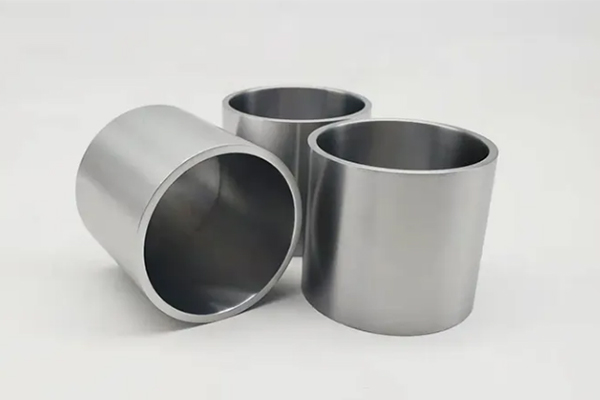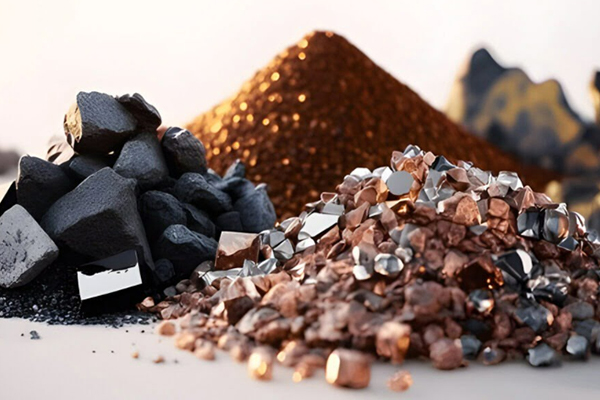Passivation Vs. Coating: Key Differences In Metal Protection
Description
Metal surfaces require protection from corrosion and environmental pollution. Two principal methods are used: passivation and coating. Both techniques protect metals; however, they differ in procedures, functions and applications.
–Passivation: Enhancing Natural Resistance
Passivation is a chemical treatment that improves the corrosion resistance of metals such as stainless steel, aluminium and titanium. The process involves the controlled formation of a thin oxide layer on the metal surface. This oxide layer, usually chromium oxide on stainless steel, acts as an inert barrier to further oxidation without altering the appearance of the metal.
Typically, the method begins with cleaning the metal to remove contaminants. Thereafter, it is immersed in a mild acid bath, usually containing nitric acid or citric acid. This treatment removes free iron from the surface and promotes the uniform formation of the protective oxide layer. Regular maintenance and re-passivation may be required to sustain optimal protection in critical applications.
-Coating: Protective External Layer Application
Coating involves applying an external protective layer to a metal surface. In contrast to passivation, which chemically protects the metal, coating provides a durable physical barrier. This barrier is made from materials such as paints, polymers, ceramics or metallic layers produced by processes including galvanising or chroming. The protective layer may be designed to offer enhanced properties such as wear resistance or thermal insulation. For instance, galvanising is often applied to externally exposed steel structures; it provides a barrier as well as a sacrificial layer against corrosion.
-Practical Considerations and Applications
The choice between passivation and coating depends on the intended application, associated costs and environmental conditions. Consequently, passivation is commonly used for components where maintaining the original appearance is crucial, such as surgical instruments or precision aerospace parts. Conversely, coating techniques are preferred when high corrosion resistance, mechanical wear protection and environmental shielding are required, for example, in automotive components, shipbuilding and outdoor infrastructure.
lPassivation is most frequently deployed in scenarios where minimal alteration to appearance is necessary.
l In contrast, coating procedures are implemented where a high degree of durability is essential, and regular inspections and reapplications are anticipated.
Summary Table
The following table summarises the primary differences between passivation and coating procedures in a clear format:
|
Aspect |
Passivation |
Coating |
|
Procedure |
Chemical treatment process |
Application of an external protective layer |
|
Protection Mechanism |
Formation of a passive oxide layer |
Physical barrier that prevents direct contact |
|
Appearance Change |
Minimal optical modification |
Potential for significant visual alteration |
|
Longevity |
Moderate, depending on the metal |
High, subject to the type of coating used |
|
Typical Metals |
Stainless steel, aluminium, titanium |
Steel, aluminium, various alloys |
|
Applications |
Medical, aerospace, food processing |
Automotive, maritime, infrastructure outdoors |
|
Maintenance |
Minimal maintenance with regular cleaning |
Regular inspection with periodic reapplication |
Further details are available at Stanford Advanced Materials (SAM).
Frequently Asked Questions
Which metals are suitable for passivation?
Commonly passivated metals include stainless steel, aluminium, titanium and specific alloys that naturally develop protective oxide films.
Is passivation a permanent solution?
Although passivation significantly improves corrosion resistance, it is not permanent. Regular maintenance and re-passivation may be required to ensure continued protection.
Can coatings replace passivation?
In certain contexts, coatings can be used in place of passivation, particularly when a physical barrier or visual modification is required. However, for precision components where minimal dimensional alteration is crucial, passivation is preferred.
Which coating offers the highest durability for metals?
Ceramic coatings and galvanic zinc layers provide high durability in severe environments. They offer both corrosion resistance and mechanical protection.
How should coated metal surfaces be maintained?
Maintenance of coated metals involves regular inspection and cleaning. In some cases, reapplication or touch-ups may be necessary to repair damaged or worn areas, thereby ensuring ongoing protection.

 Bars
Bars
 Beads & Spheres
Beads & Spheres
 Bolts & Nuts
Bolts & Nuts
 Crucibles
Crucibles
 Discs
Discs
 Fibers & Fabrics
Fibers & Fabrics
 Films
Films
 Flake
Flake
 Foams
Foams
 Foil
Foil
 Granules
Granules
 Honeycombs
Honeycombs
 Ink
Ink
 Laminate
Laminate
 Lumps
Lumps
 Meshes
Meshes
 Metallised Film
Metallised Film
 Plate
Plate
 Powders
Powders
 Rod
Rod
 Sheets
Sheets
 Single Crystals
Single Crystals
 Sputtering Target
Sputtering Target
 Tubes
Tubes
 Washer
Washer
 Wires
Wires
 Converters & Calculators
Converters & Calculators
 Write for Us
Write for Us





 Chin Trento
Chin Trento



